Neuroscience

Neurotransmitter receptors function via various G-protein coupled and G-protein independent mechanisms that activate downstream intracellular signaling pathways such as cAMP/PKA, PI3K/AKT, phospholipase A2, and phospholipase C pathways. For instance, dopamine receptors act through adenylate cyclase to activate PKA and other signaling molecules, thereby mediate gene expression through the actions of CREB and other transcription factors. Other neurotransmitters such as NMDAR or AMPAR are associated with ion channels that control flux of Ca2+ and Na+, thus propagating the action potential across the post-synaptic neuron.
Dysfunctions in GABAergic/glutamatergic/serotonergic/dopaminergic pathways result in a broad range of neurological disorders such as chronic pain, neurodegenerative diseases, and insomnia, as well as mental disorders including schizophrenia, bipolar disorder, depression, and addiction.
-
 B6511 MM 77 dihydrochlorideSummary: 5-HT1A receptor antagonist
B6511 MM 77 dihydrochlorideSummary: 5-HT1A receptor antagonist -
 B6514 NS 398Summary: COX-2 inhibitor and anti-inflammatory agent
B6514 NS 398Summary: COX-2 inhibitor and anti-inflammatory agent -
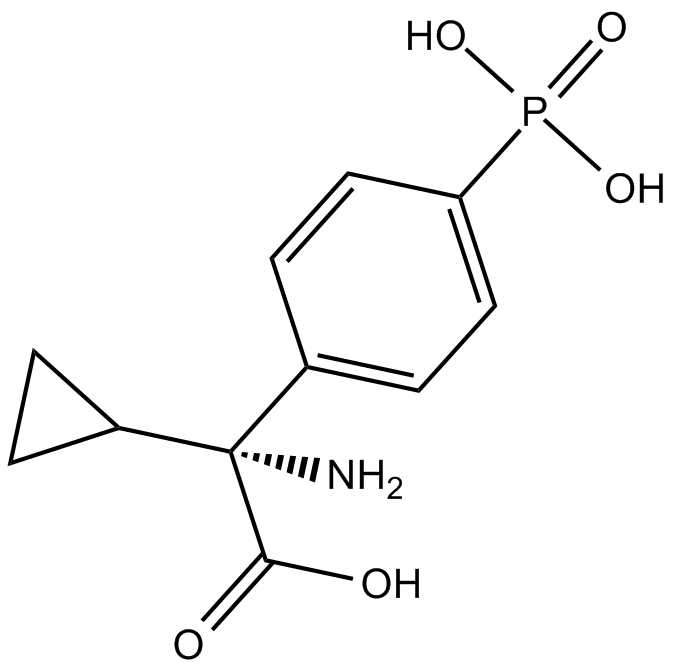 B6530 CPPGSummary: group III mGlu receptor antagonist
B6530 CPPGSummary: group III mGlu receptor antagonist -
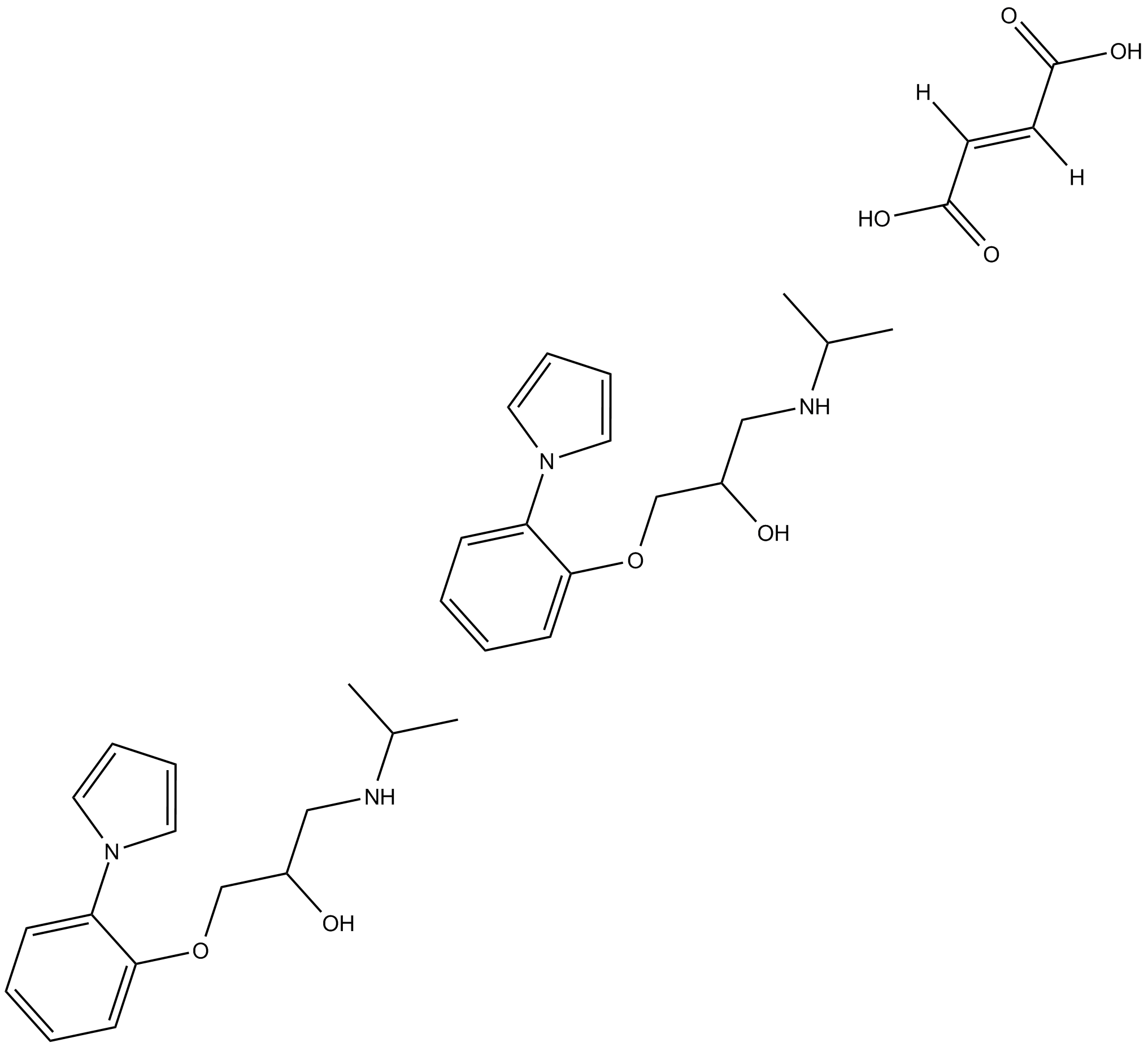 B6537 Isamoltane hemifumarateSummary: 5-HT1B antagonist
B6537 Isamoltane hemifumarateSummary: 5-HT1B antagonist -
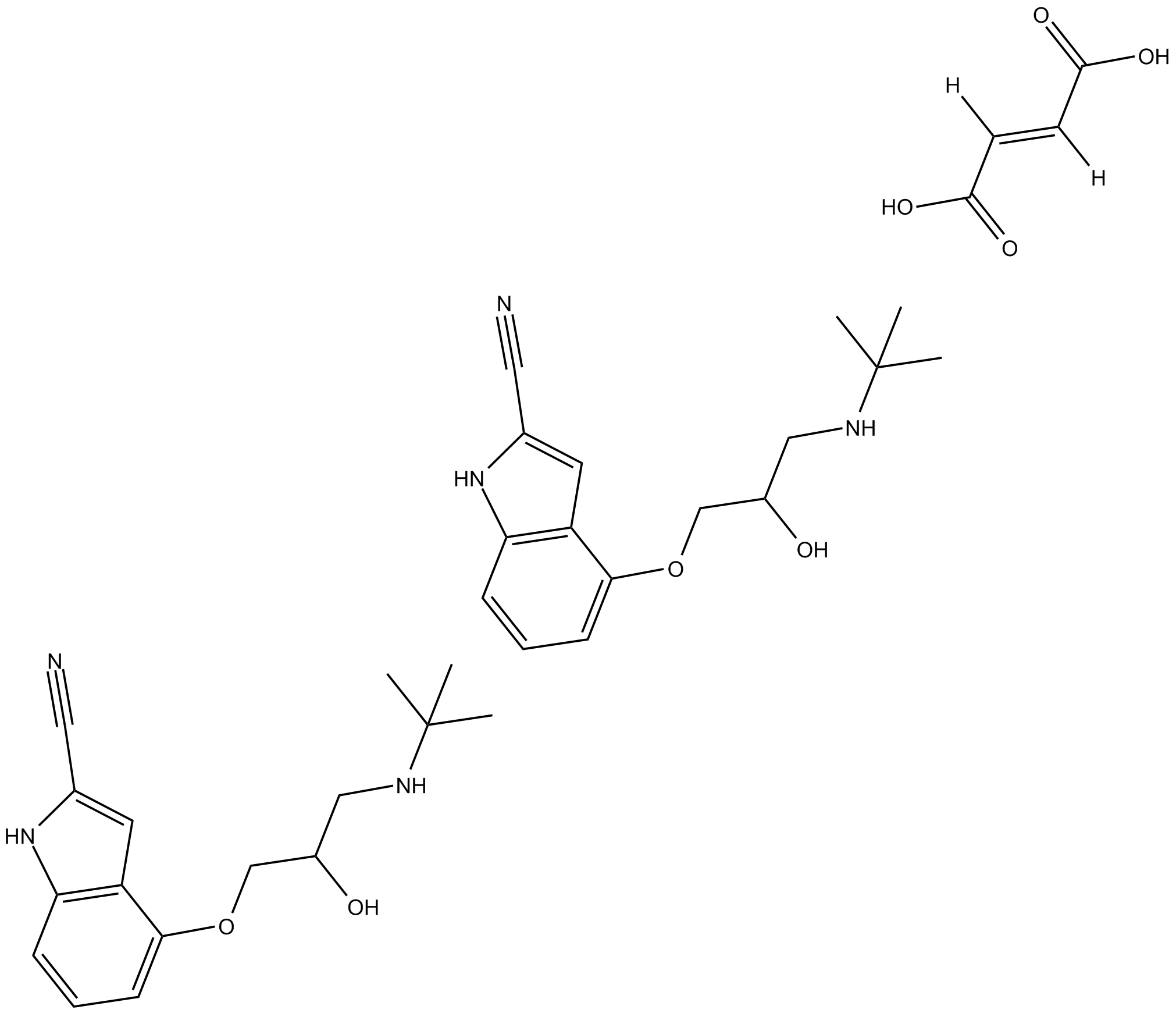 B6538 Cyanopindolol hemifumarateSummary: 5-HT1A/1B antagonist and β-adrenoceptor antagonist
B6538 Cyanopindolol hemifumarateSummary: 5-HT1A/1B antagonist and β-adrenoceptor antagonist -
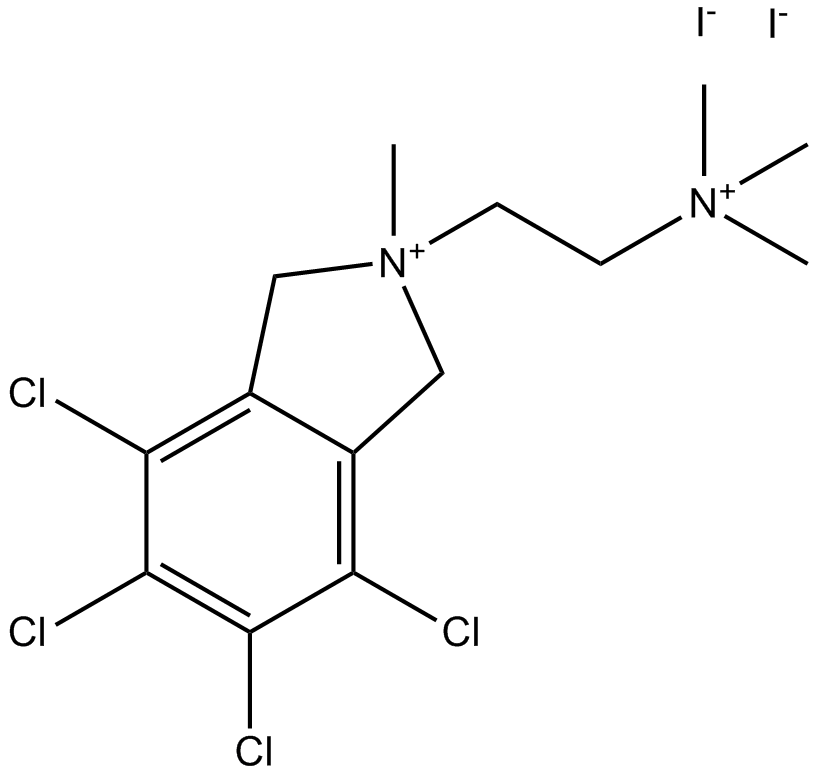 B6543 Chlorisondamine diiodideSummary: long lasting nicotinic antagonist
B6543 Chlorisondamine diiodideSummary: long lasting nicotinic antagonist -
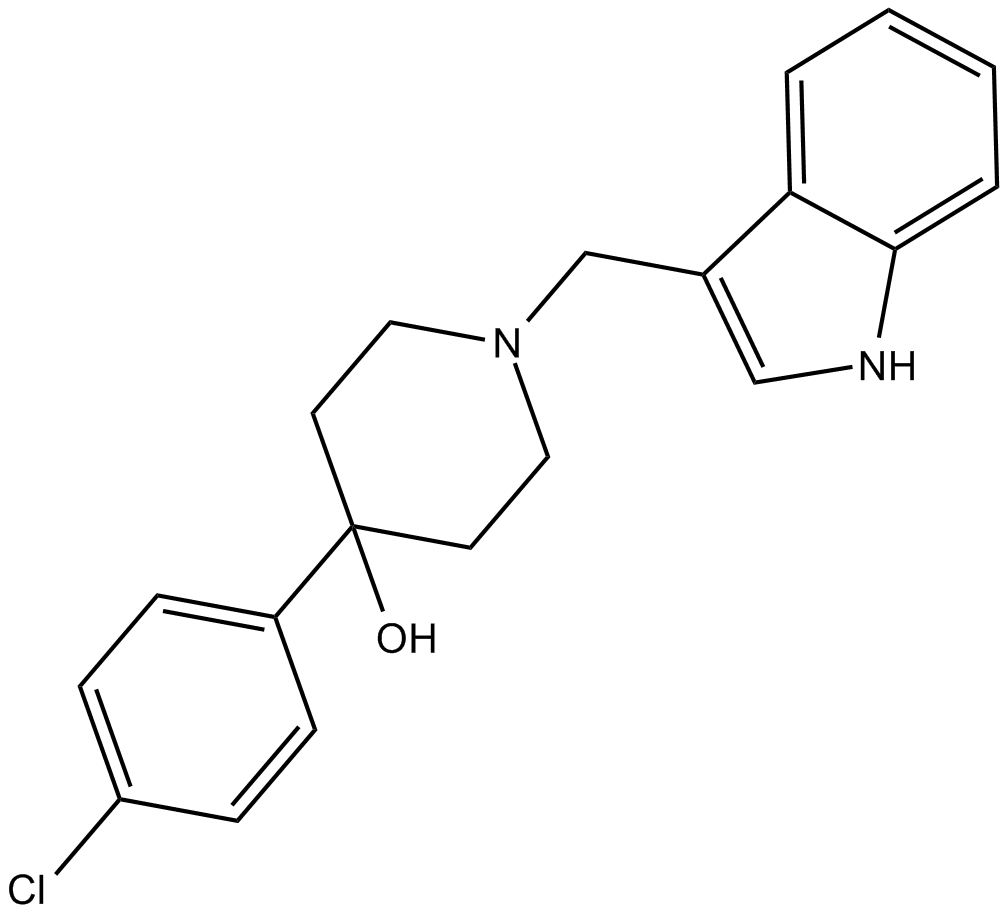 B6544 L-741,626Summary: D2 dopamine receptor selective antagonist
B6544 L-741,626Summary: D2 dopamine receptor selective antagonist -
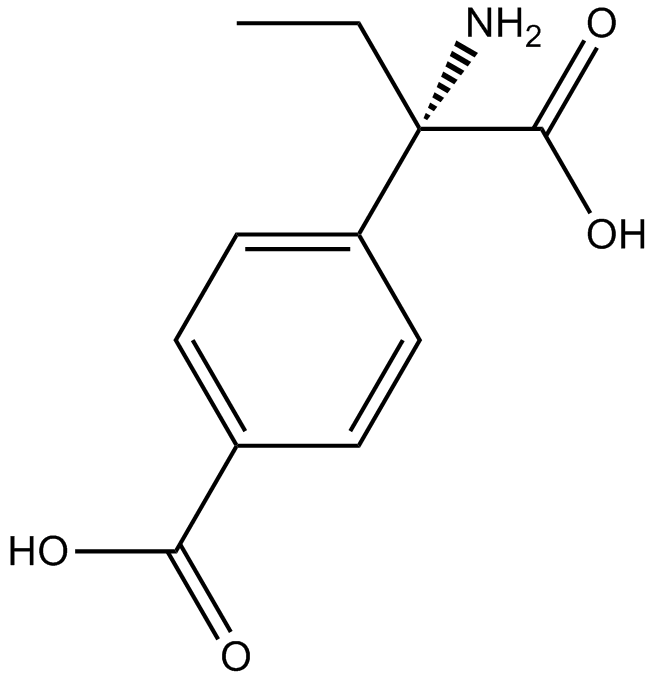 B6546 E4CPGSummary: group I/group II metabotropic glutamate receptor antagonist
B6546 E4CPGSummary: group I/group II metabotropic glutamate receptor antagonist -
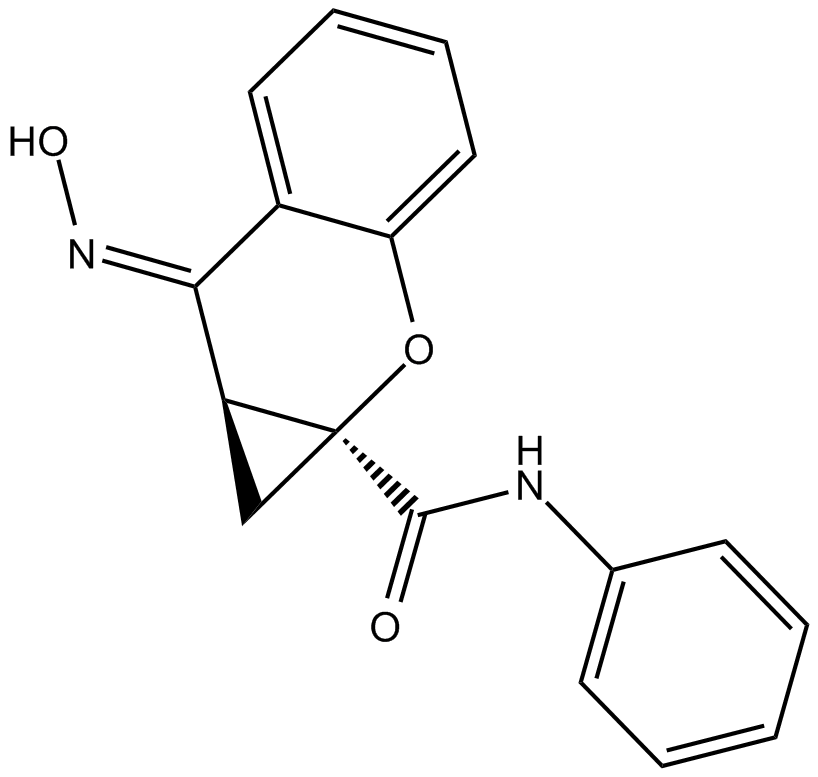 B6554 PHCCCSummary: Group I metabotropic glutamate receptor antagonist
B6554 PHCCCSummary: Group I metabotropic glutamate receptor antagonist -
 B6555 CPCCOEtSummary: hmGlu1 subtype-selective antagonist
B6555 CPCCOEtSummary: hmGlu1 subtype-selective antagonist

